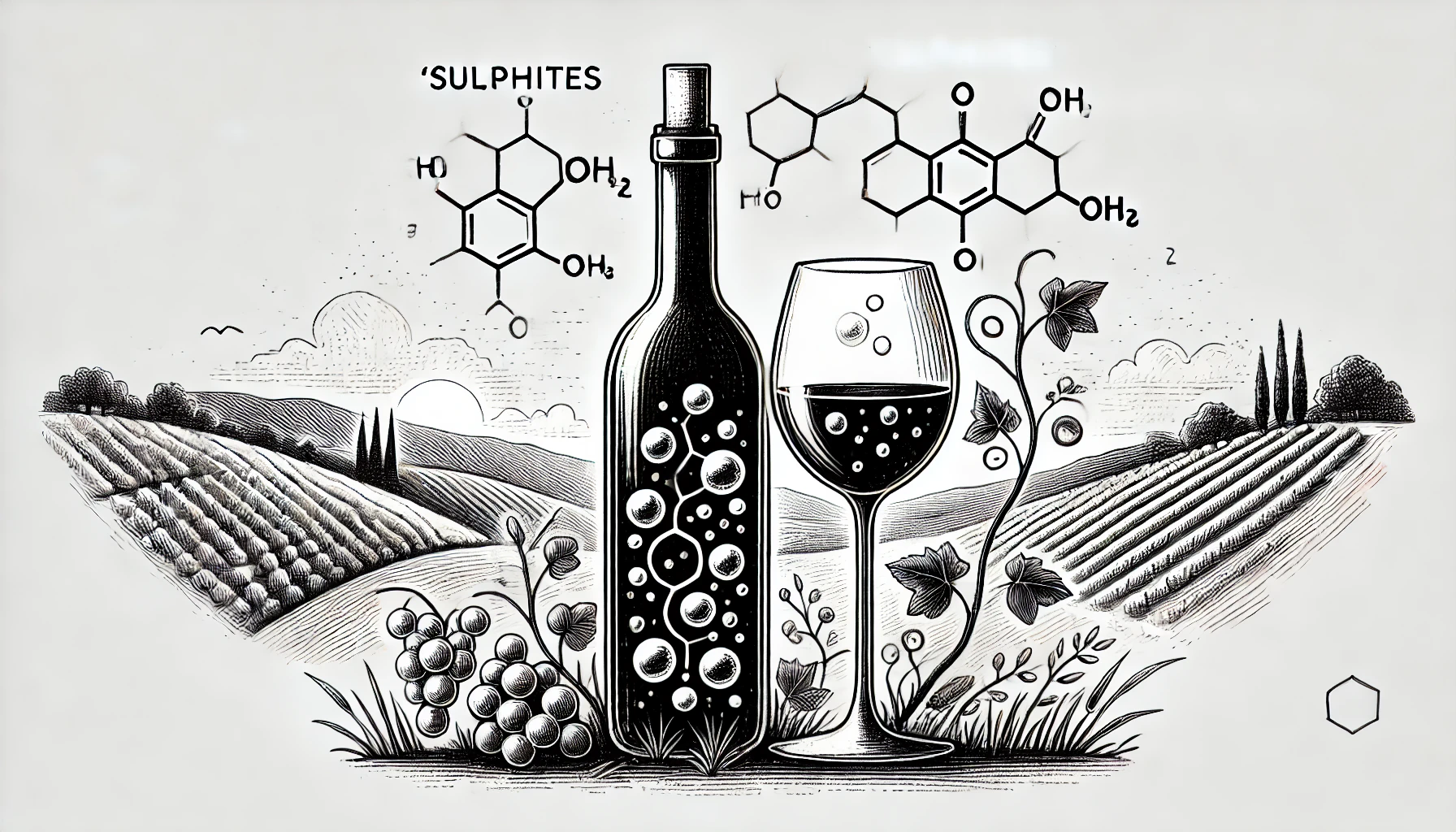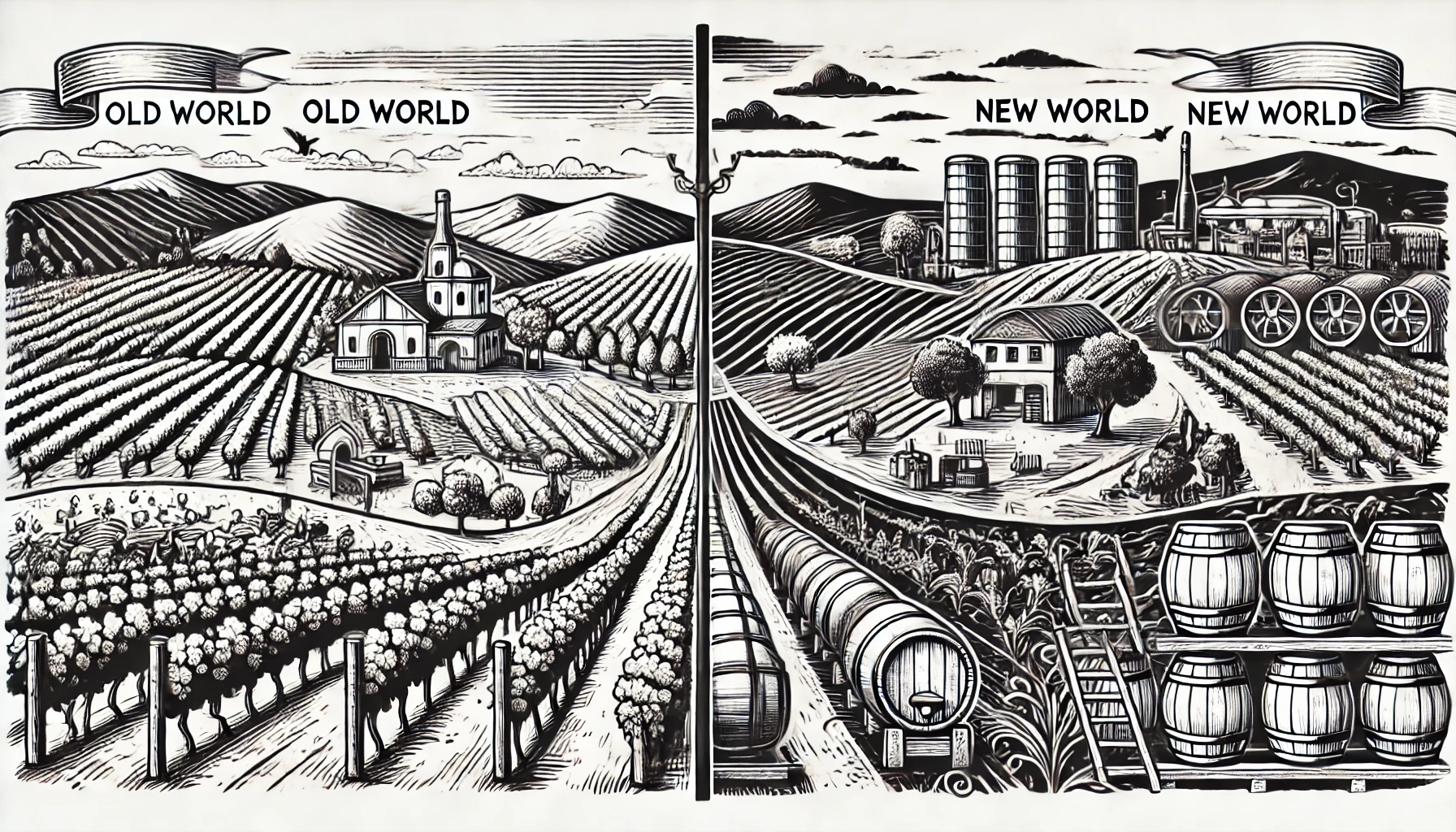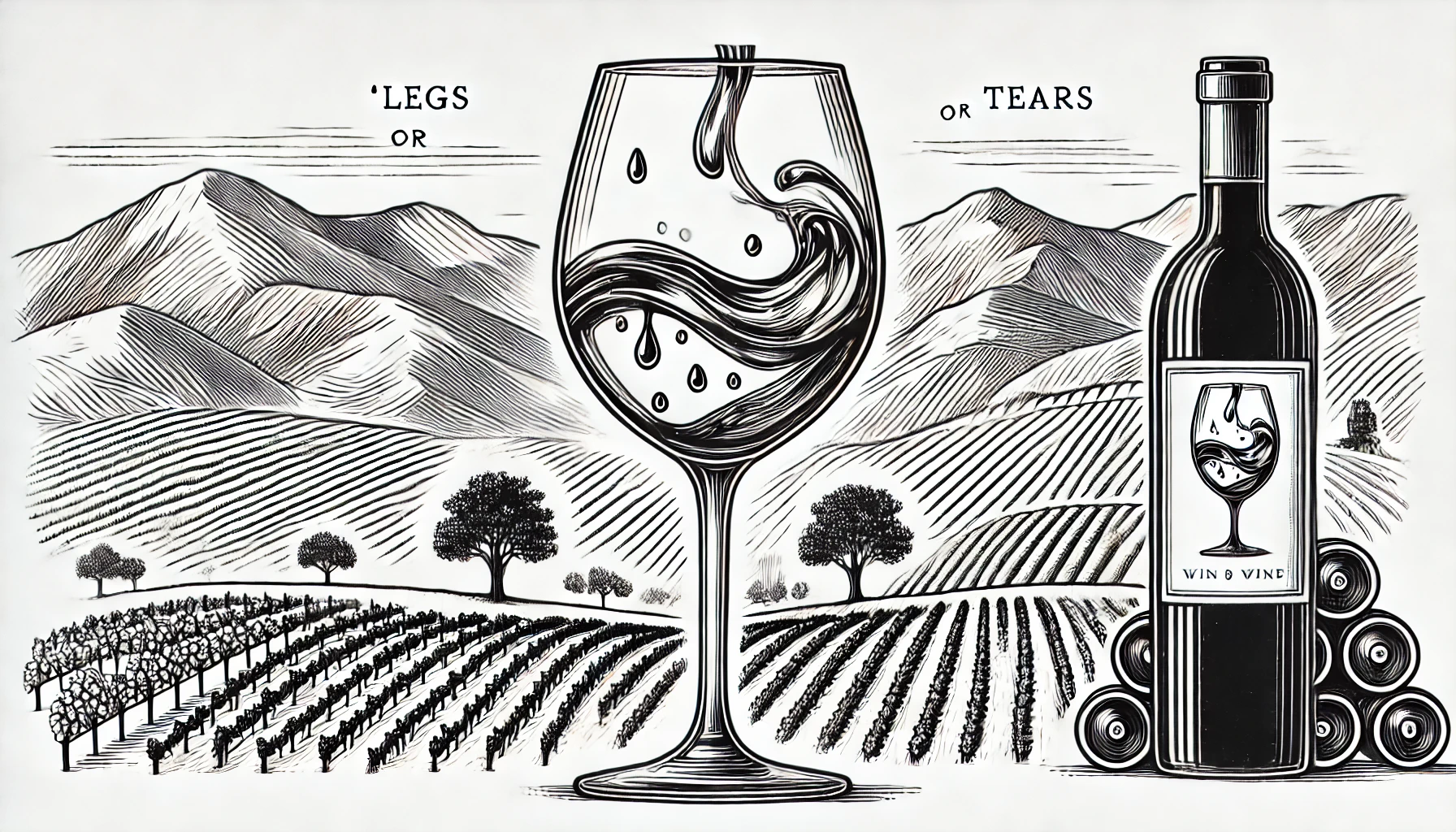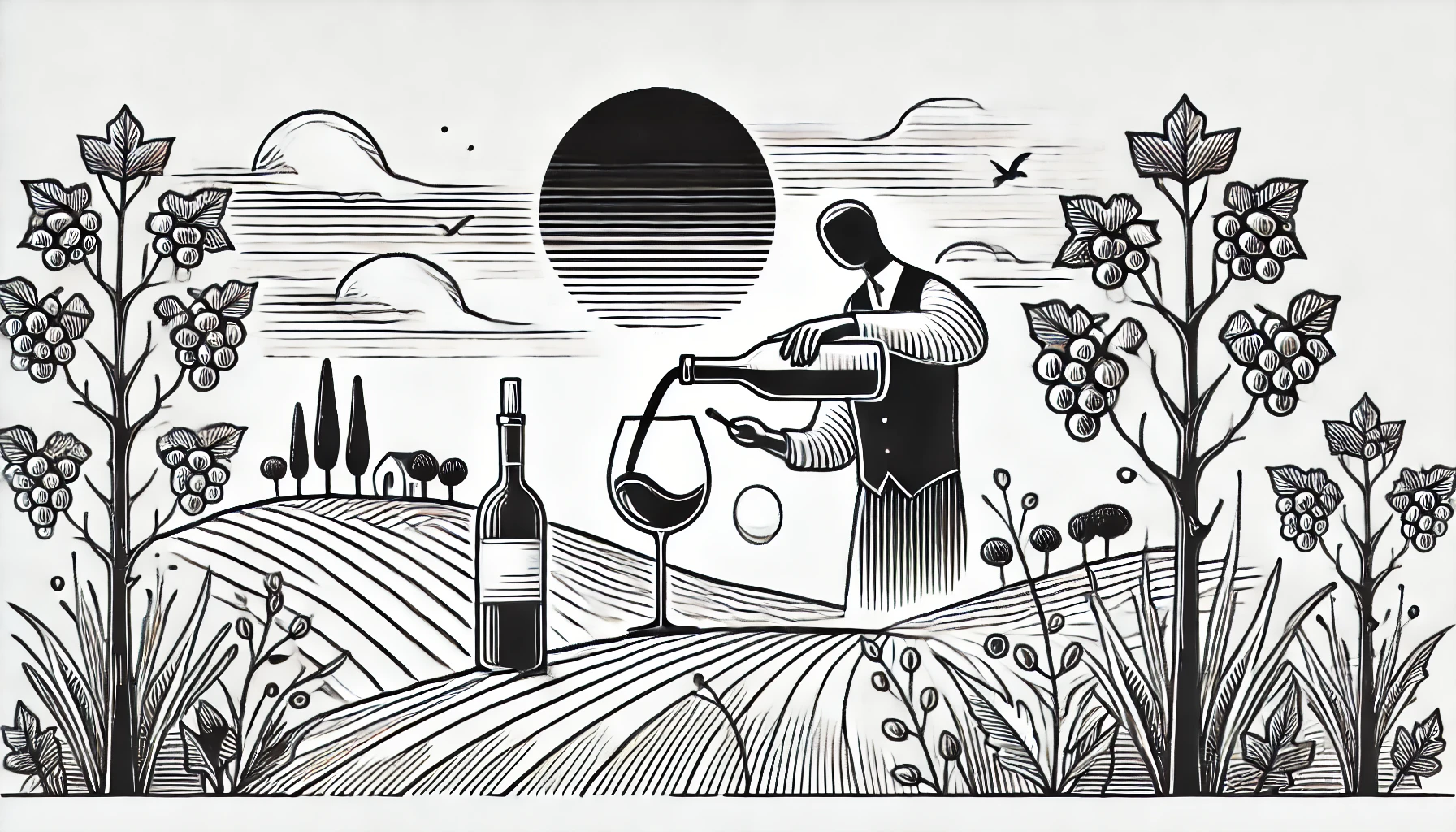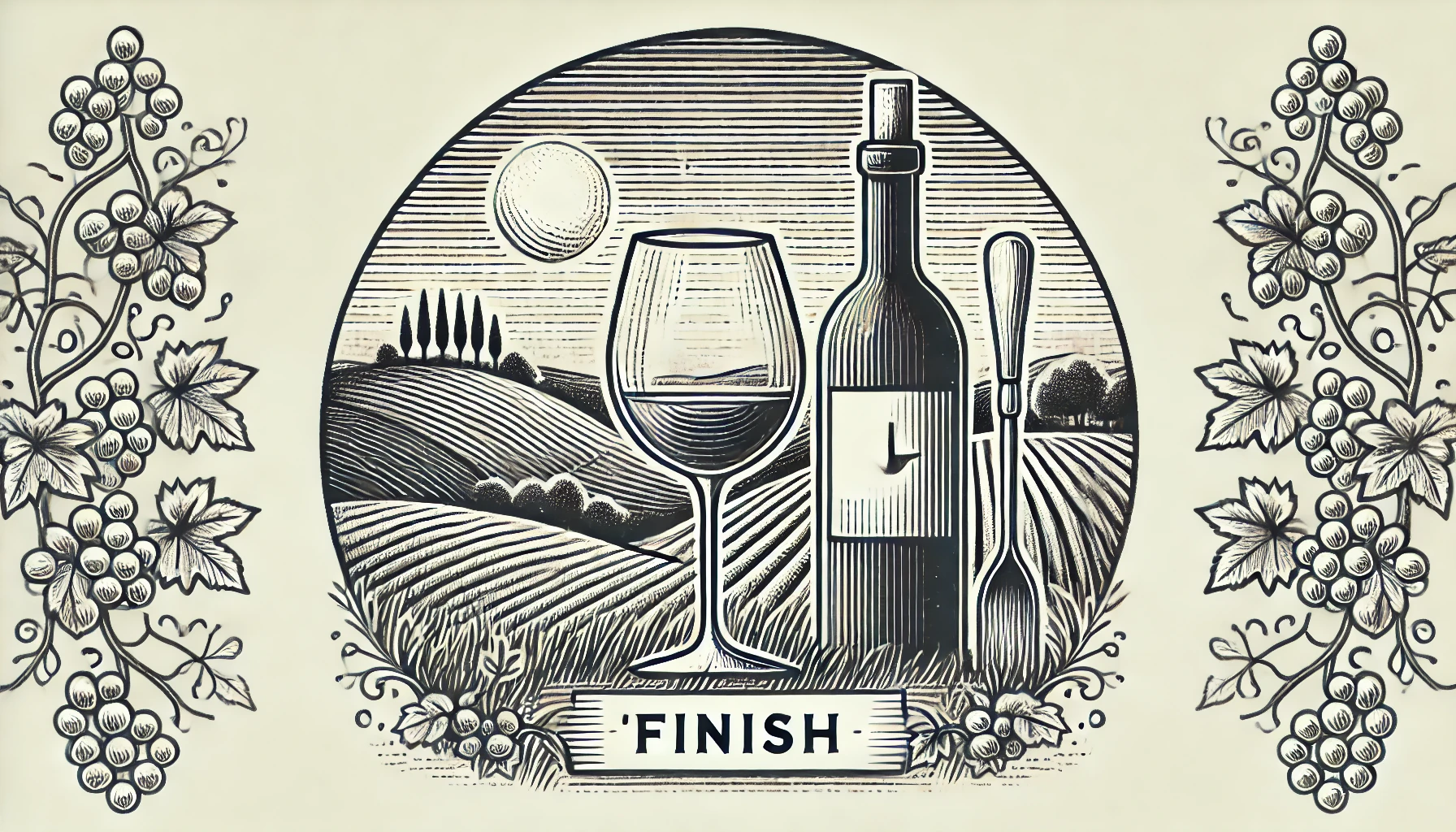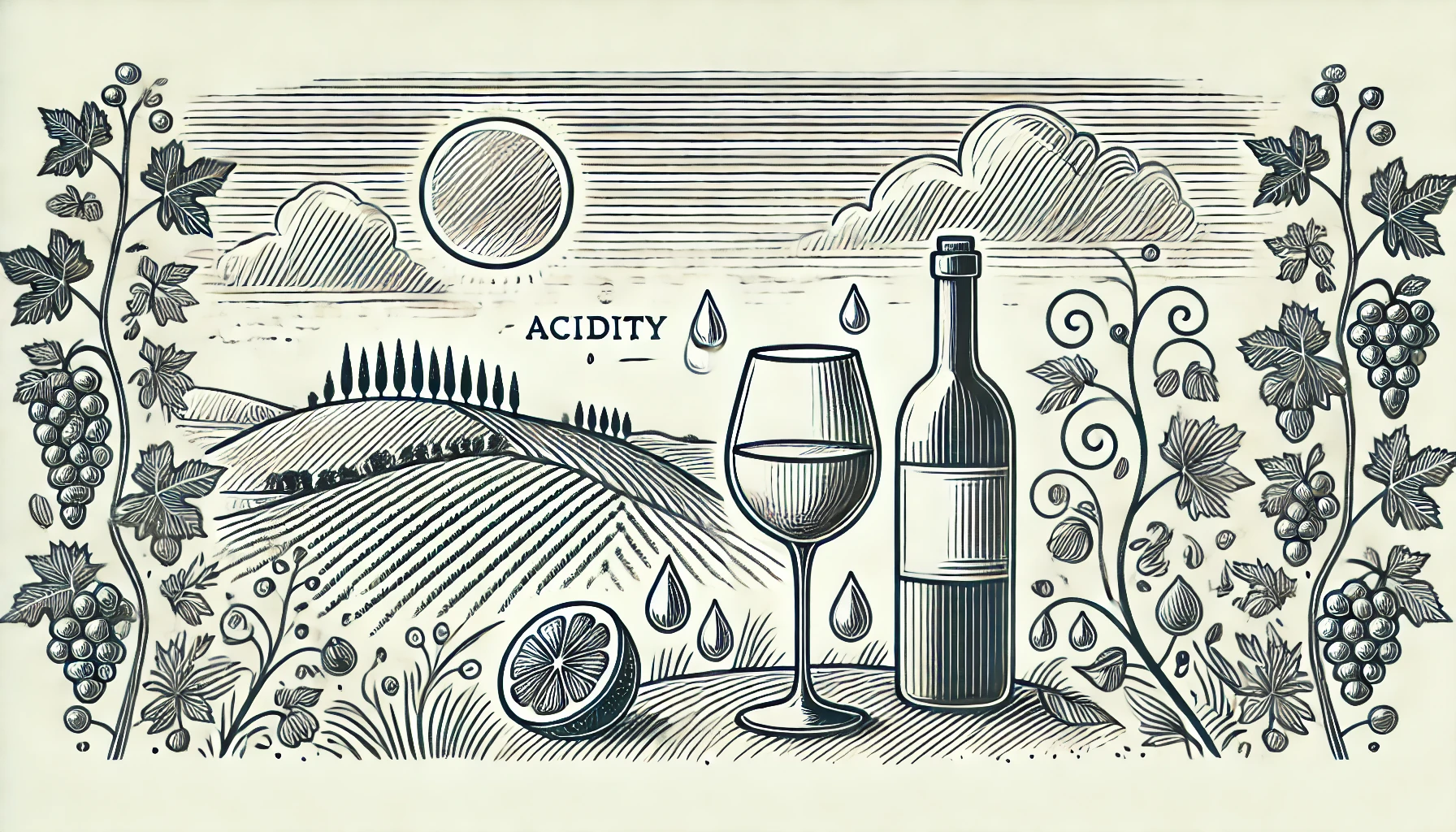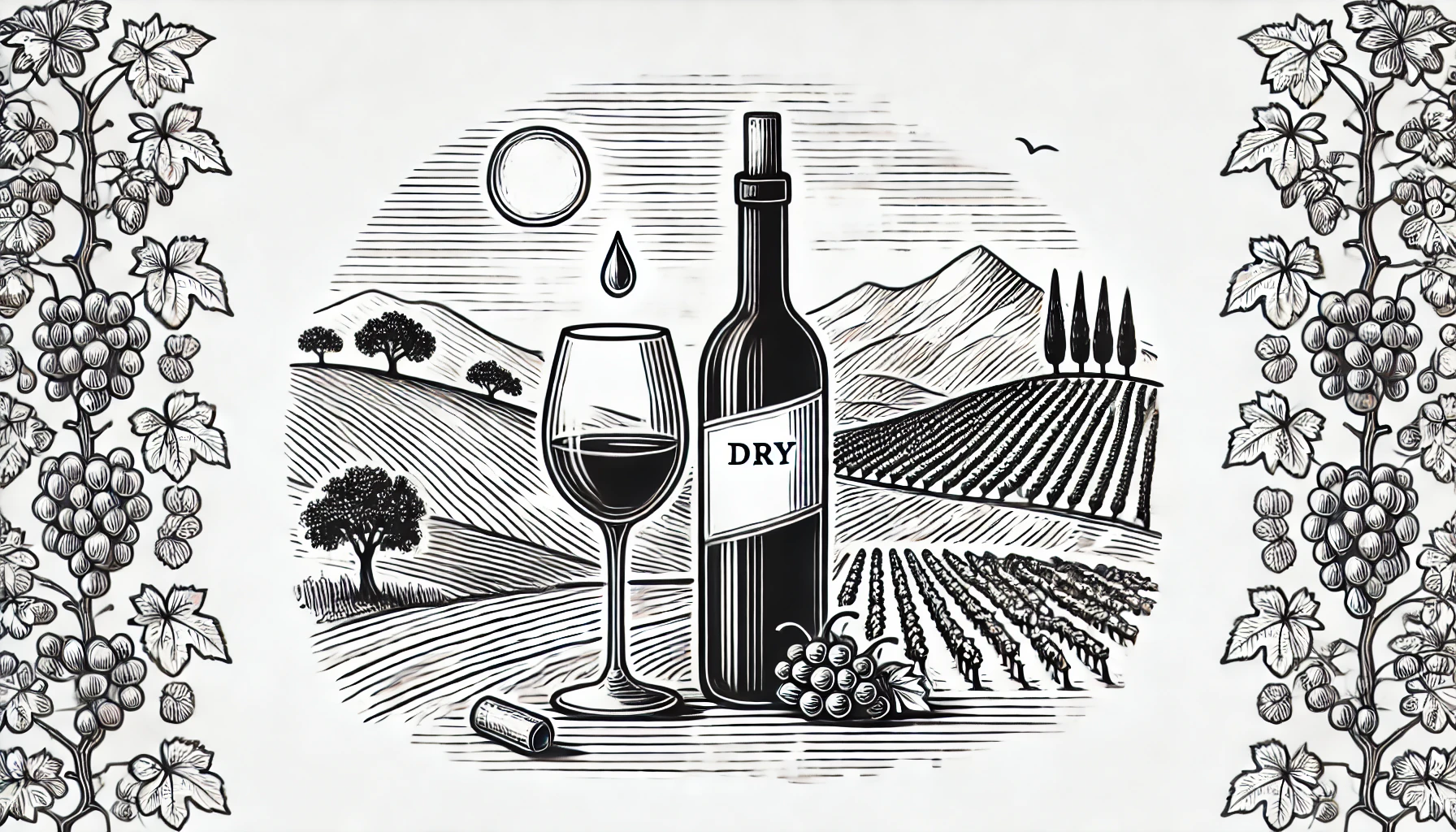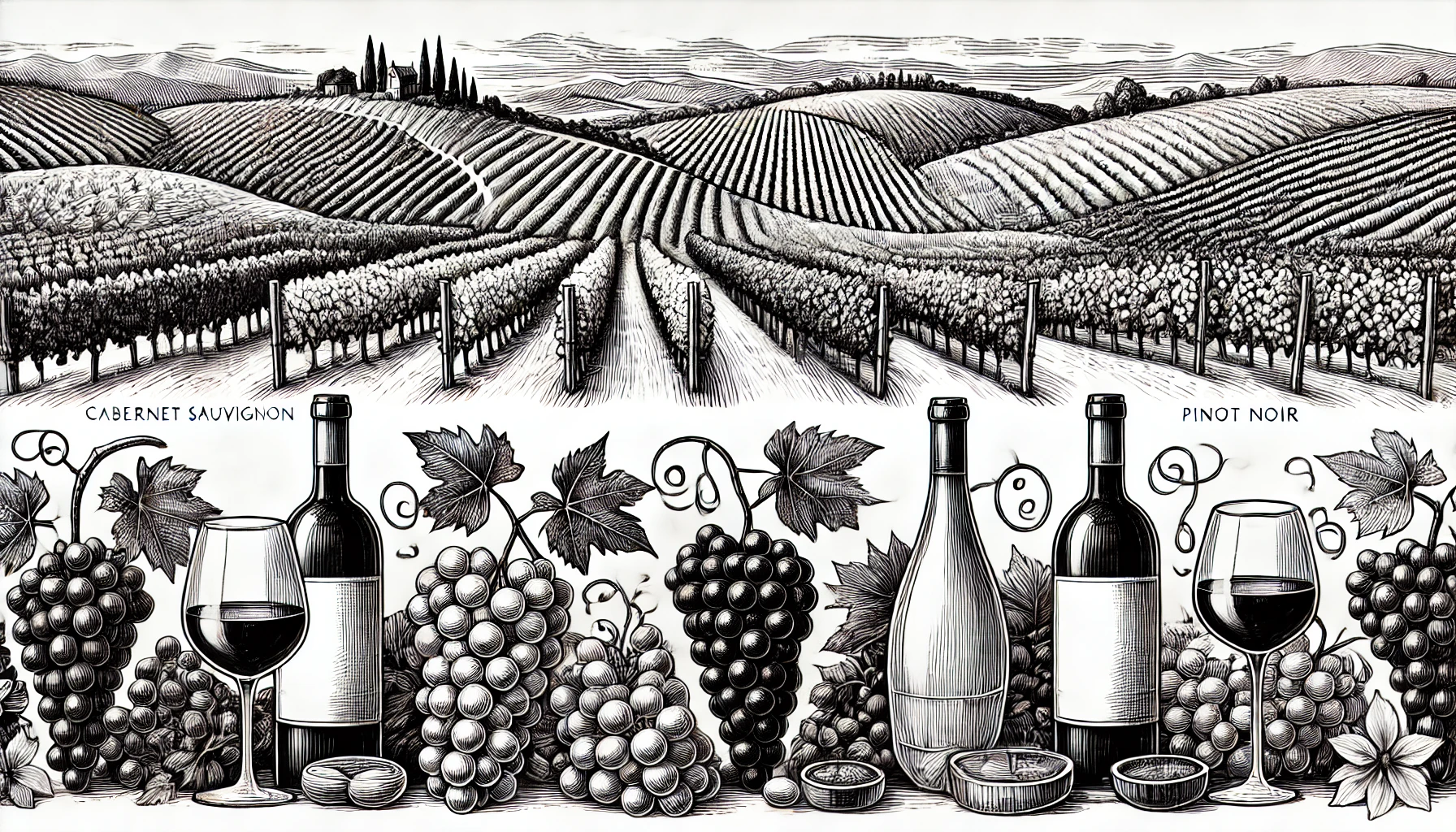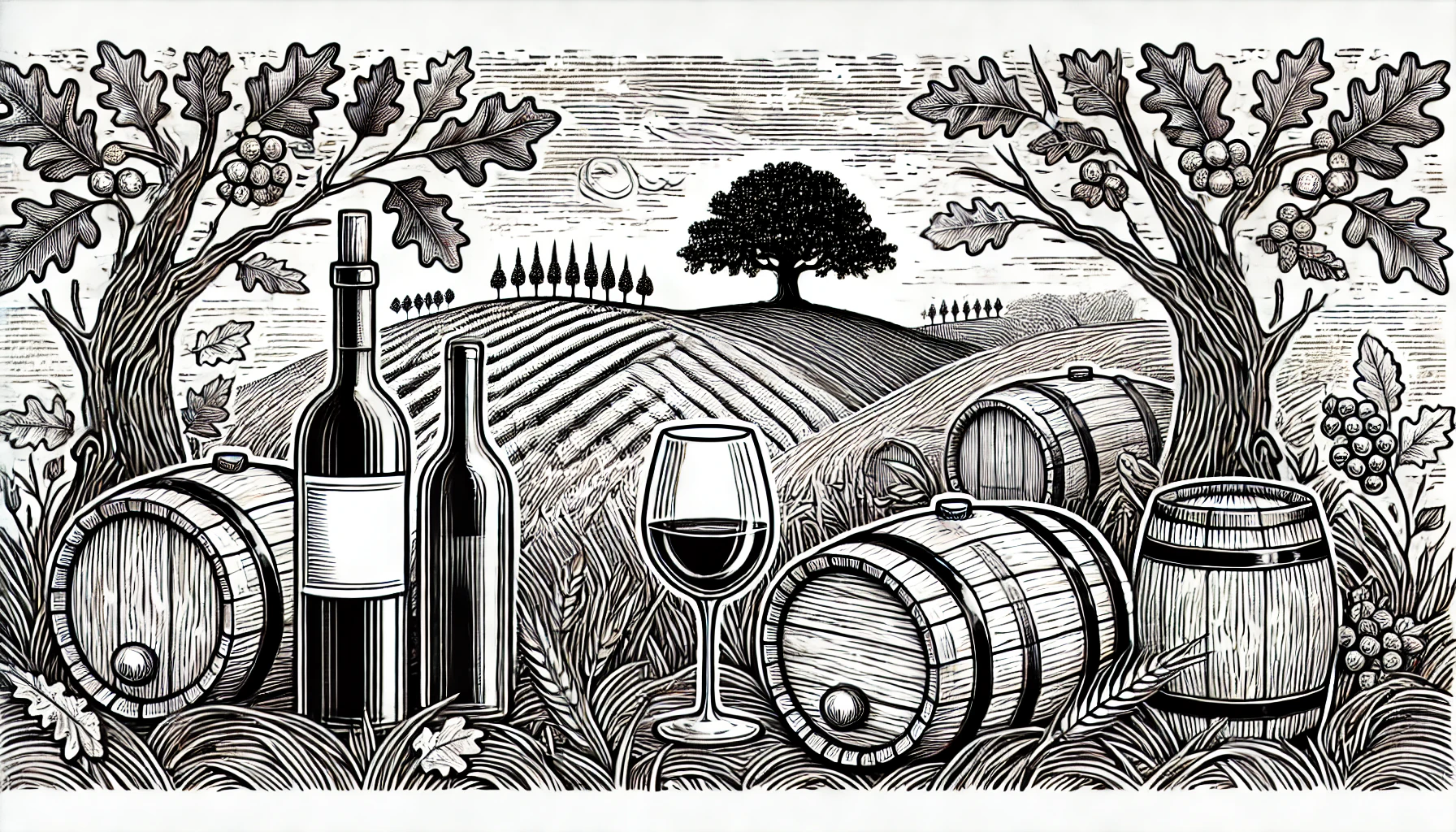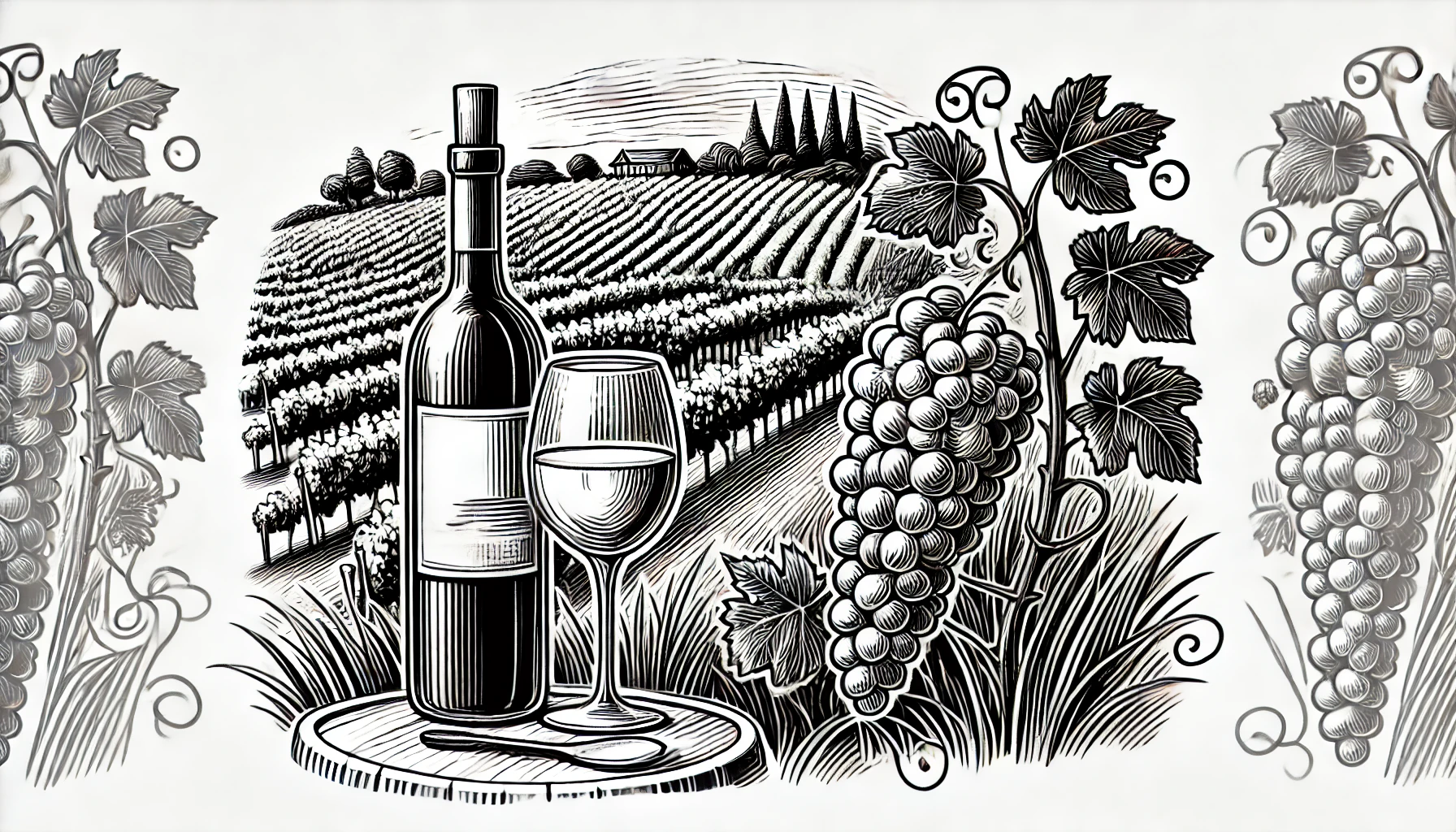
Airén is a white grape variety primarily grown in Spain, and it holds the distinction of being one of the most widely planted grape varieties in the world, although it is less well-known outside of Spain. Historically, it covered vast areas of the country especially in the central wine-growing regions of Castilla-La Mancha, due to its ability to thrive in the hot, dry climate.
Airén is a resilient grape that is highly drought-resistant. Therefore, making it suitable for cultivation in Spain’s often harsh and arid conditions. For much of the 20th century, Airén was used to produce large quantities of basic, bulk wines or distilled into brandy. However, in recent decades, Spanish winemakers have begun exploring its potential to produce higher-quality wines as vineyard practices have improved, and winemaking techniques have advanced.
The wines made from Airén are typically light, fresh, and easy-drinking. Airén produces wines that are often pale in color with subtle flavors. Typical flavor notes include apple, pear, citrus, and floral hints. These wines tend to have moderate acidity, which makes them refreshing but less complex compared to some other white varieties.
Historically Used to Make Simple Table Wines
Although historically used to make simple table wines, modern winemaking has led to more refined expressions of Airén, sometimes blended with other varieties to create more structured wines. When handled with care, Airén can result in well-balanced wines that are pleasant and versatile, often enjoyed young.
While Airén has been overshadowed by more popular white varieties such as Sauvignon Blanc and Chardonnay, it remains an important part of Spain’s winemaking heritage. Airén’s ability to thrive in extreme conditions ensures that it will continue to play a role in Spain’s wine production, even as more vineyards are converted to red grape varieties.
Curious about more wine terms and insights? Visit our Wine Wiki section and explore the basic wine terms for expert definitions and tips!
